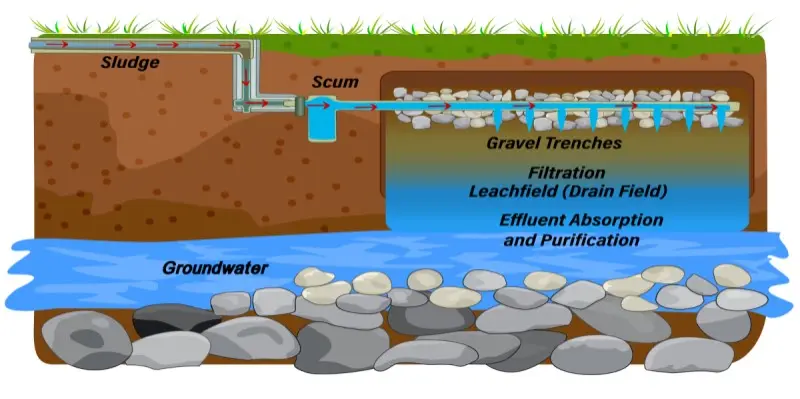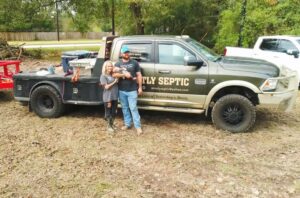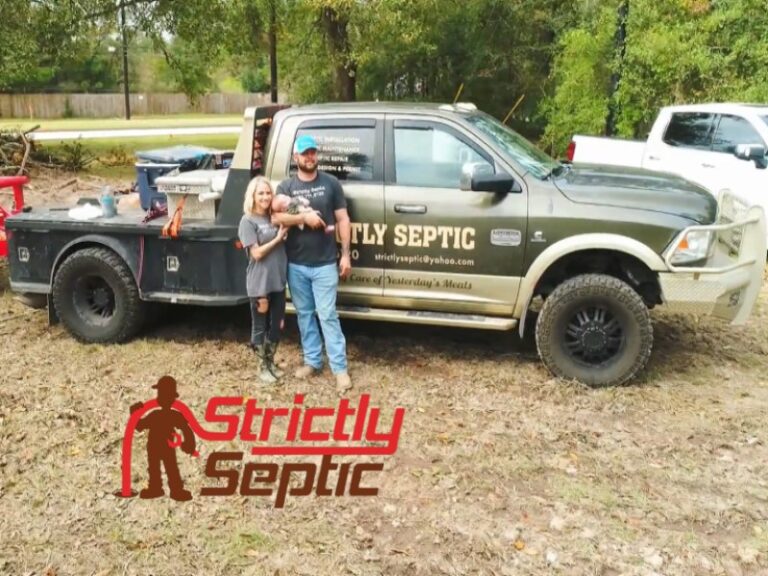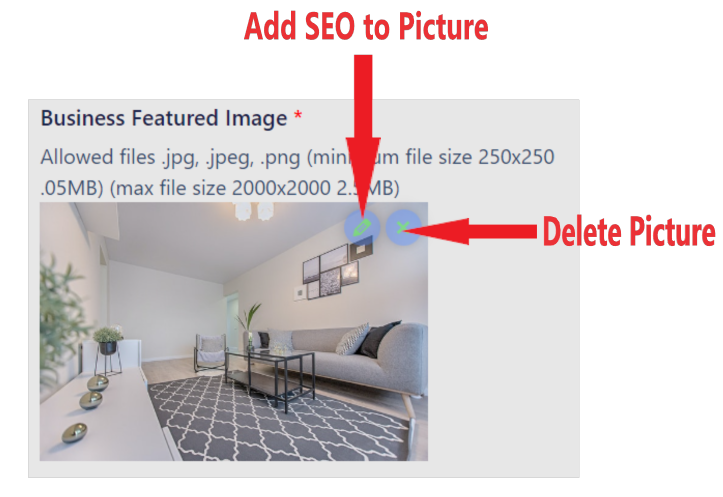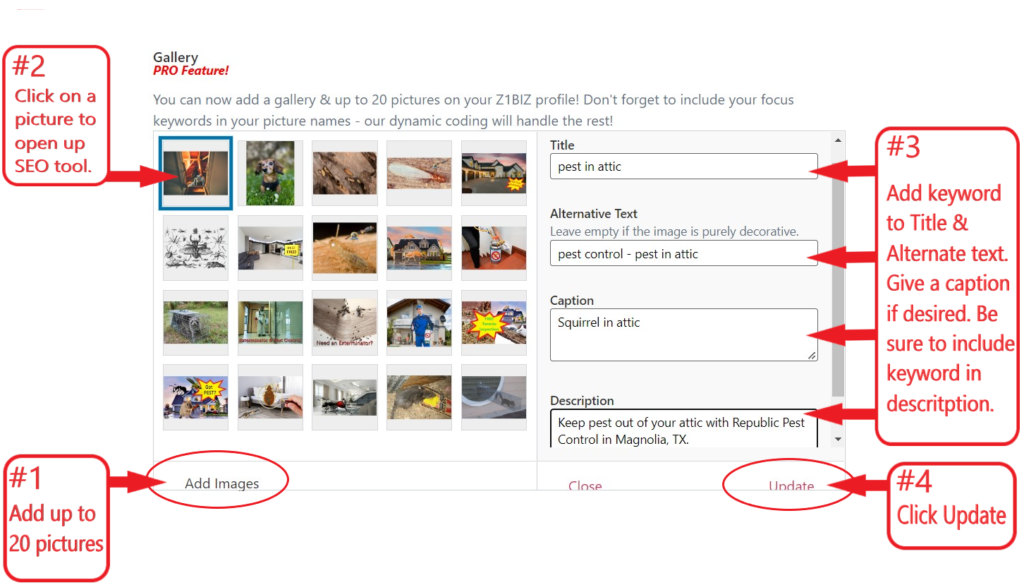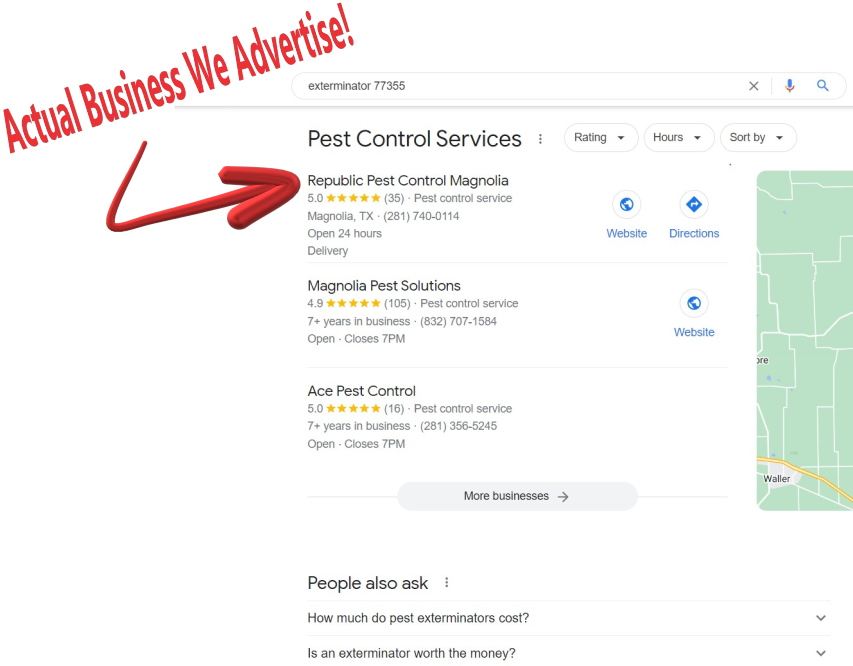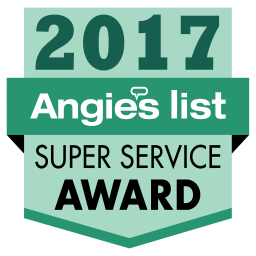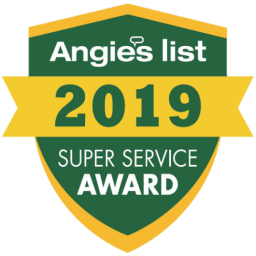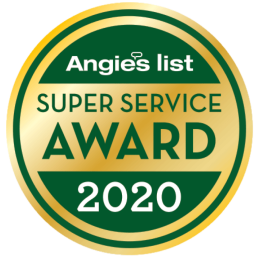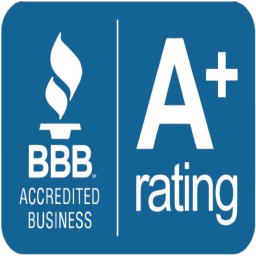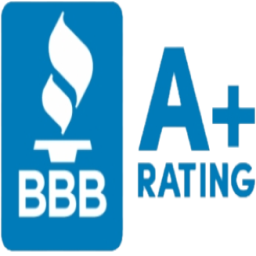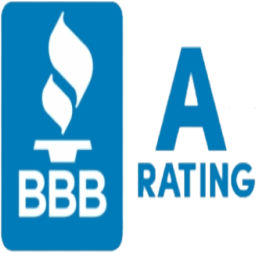At Strictly Septic Service, we install alternative septic systems for homeowners and businesses who need an option other than traditional onsite sewage facilities. Not every property has the ideal conditions for a conventional system. Some lots have high groundwater, clay-heavy soil, or steep terrain. Others have size restrictions or environmental setbacks. We design and install alternatives that meet local health codes and work reliably for years.
This guide explains the different types of alternative septic systems, the installation process, what permits you’ll need, and how we support you throughout.
Why an Alternative Septic System May Be the Right Choice
In many areas across Texas, the soil composition or lot size makes conventional systems impractical. For example:
- Sandy or shallow soils
- Proximity to water bodies
- Sloped or uneven land
- Limited space due to existing structures or trees
When we inspect your site and discover any of these issues, we recommend alternatives that treat wastewater effectively while meeting all permitting requirements.
Types of Alternative Septic Systems We Install
We’ve worked with a variety of systems across Central and Southeast Texas. Each has different applications depending on soil condition, site slope, and regulatory constraints.
1. Aerobic Treatment Units (ATUs)
ATUs treat wastewater using oxygen to break down waste. These systems use an aeration chamber and a disinfection unit (often chlorination). They’re commonly installed in areas where soil absorption is limited.
Advantages:
- Better effluent quality than standard systems
- Can be installed in smaller lots
- Reduced soil absorption field area
2. Low-Pressure Dosing Systems
These systems use small-diameter pipes and timed doses to distribute wastewater evenly across the drain field. A pump tank regulates flow to prevent over-saturation.
When we use it: When soil is shallow or has poor drainage.
3. Drip Distribution Systems
Drip systems release wastewater slowly through tubing installed just below the surface. They require treated effluent, so we usually pair them with an ATU.
Best for: Sites with very little usable space or irregular layouts.
4. Mound Systems
Mound systems are raised beds filled with sand, gravel, and soil to allow for filtration above ground. These are suitable for areas with high water tables or shallow bedrock.
Design note: We often use a lift station to pump treated water to the mound. Learn more about our lift station installation services.
5. Recirculating Sand Filters
These systems send wastewater through a sand filter several times before dispersing it into the soil. They can be placed above or below ground.
Ideal use: Where high-level treatment is required before disposal.
Comparison Chart: Alternative Septic Systems
| System Type | Lot Size Required | Maintenance Level | Effluent Quality | Cost Estimate (Range) |
|---|---|---|---|---|
| Aerobic Treatment Unit | Small | Moderate-High | High | $7,000 – $11,000 |
| Low-Pressure Dosing | Medium | Moderate | Medium | $6,000 – $9,000 |
| Drip Distribution | Small-Medium | Moderate | High | $8,000 – $12,000 |
| Mound System | Medium-Large | Low | Medium | $10,000 – $15,000 |
| Recirculating Sand Filter | Medium | Moderate | High | $9,000 – $14,000 |
Step-by-Step: Our Installation Process
Every installation follows a methodical process based on Texas Commission on Environmental Quality (TCEQ) rules. Here’s how we handle it:
Site Evaluation
We begin with soil testing and a full site inspection. Our team reviews lot slope, vegetation, setback requirements, and how the treated effluent will be managed.
Permit Application
We handle the permitting with your local authority. If you haven’t started the process, we can step in early. Our septic permit team can handle every step for you.
Design
We create a site-specific system plan that meets both your property needs and county regulations. The system design includes tank sizing, placement, and dispersal methods.
Installation
Installation usually takes 3 to 5 days, depending on weather and site complexity. This includes:
- Excavation
- Tank and pump chamber placement
- Electrical setup for pumps and alarms
- Drain field construction
Testing & Inspection
We test for water-tightness, pump operation, and distribution system accuracy. A licensed inspector will review and approve the installation before use.
Service Areas in Texas
We serve residential, commercial, and rural properties across:
- Montgomery County
- Walker County
- Polk County
- San Jacinto County
- Liberty County
- Grimes County
We know the permitting and code requirements for each of these local authorities and can guide you through them.
Maintenance and Repair
Although alternative systems are designed for efficiency, some require regular maintenance. For example:
- ATUs need quarterly inspections and may require chlorinator refills.
- Low-pressure dosing systems need occasional pump checks.
- Drip systems must have filters cleaned and flushed periodically.
We provide scheduled maintenance plans for every system we install. If you’re having issues with an older system, we can troubleshoot, replace components, or redesign the layout if needed.
Financing Options
Installing an alternative septic system can be a significant investment. That’s why we help customers explore local financing programs or county cost-share options. Ask us during your consultation about your eligibility for:
- County grant funds
- Low-interest financing for rural homes
- New construction builder financing
When to Call Strictly Septic
You may need an alternative system if:
- Your site fails a standard percolation test
- You’re building on a slope or near a floodplain
- There’s limited space on your property
- You’re replacing a failed or outdated system
We start every project with a consultation and soil analysis. From there, we recommend options that will last and comply with all local code.
Reach out to us for a free consultation.
Why Clients Choose Us
We’ve installed hundreds of septic systems across Texas and specialize in alternatives that solve complex site problems. Here’s what we offer:
- Full-service permitting and inspection support
- TCEQ-compliant installations
- Certified maintenance contracts
- Real communication and straightforward pricing
- Long-term efficiency planning
Whether you’re building new, replacing an old system, or planning a subdivision, we can help. Our team works with property owners, developers, and contractors.
We also coordinate with septic system installers across the region to ensure fast turnaround.
Talk to a System Designer Today
Every property is different, and no one-size-fits-all system will work. Our team evaluates each site in person and builds a plan that fits the terrain, the code, and your budget.
Ready to begin the process? Get in touch with our design and installation team.
We’ll walk you through the entire project—from testing to trenching to the final inspection—and ensure that your system works smoothly for decades.

